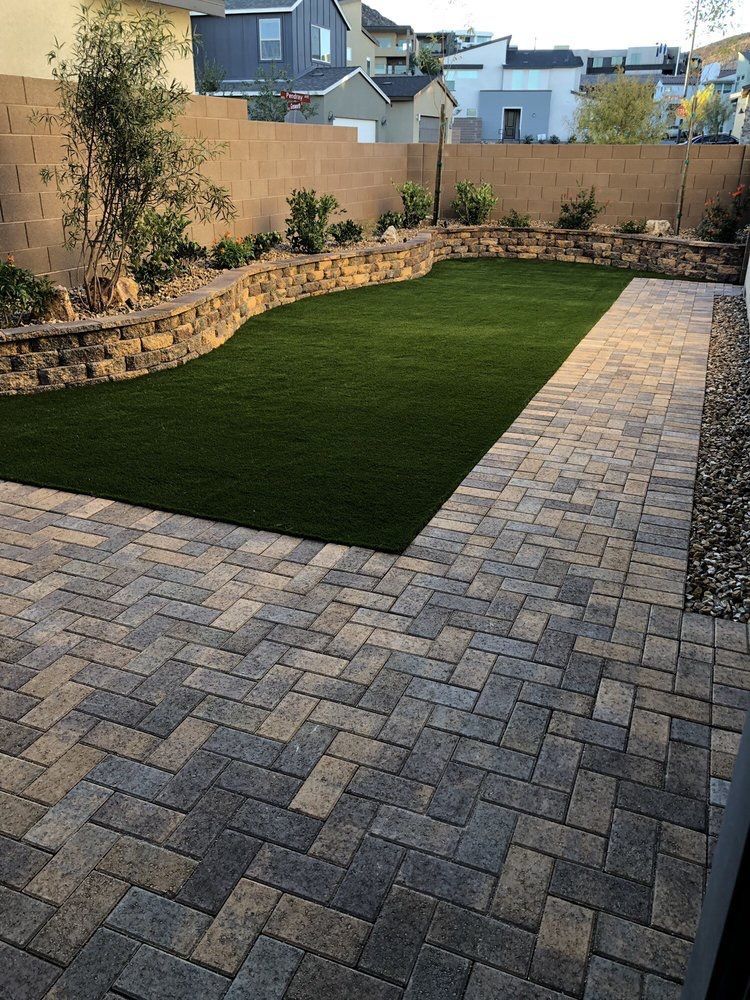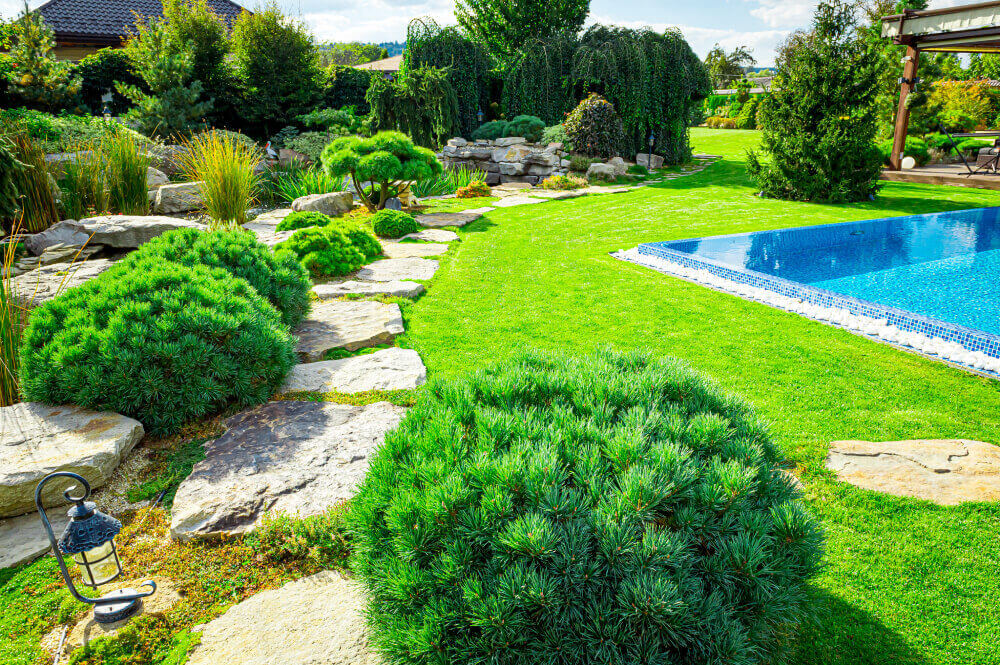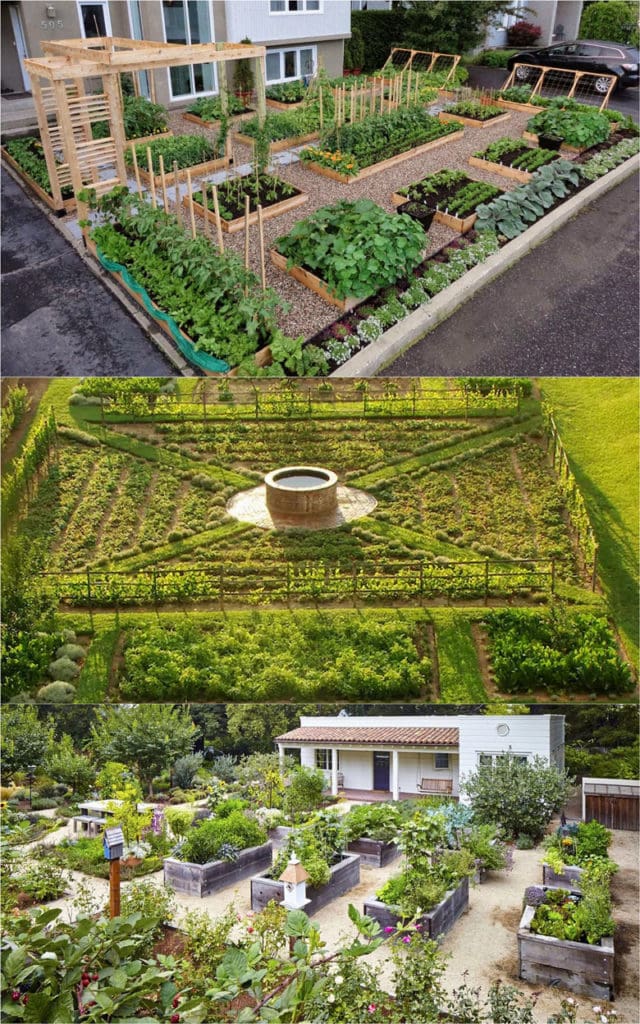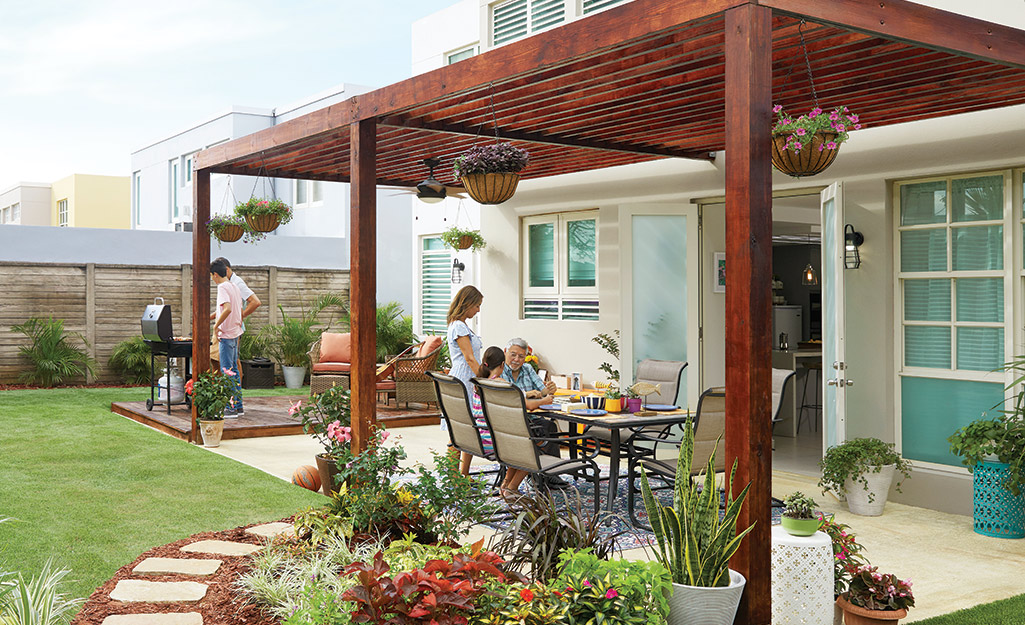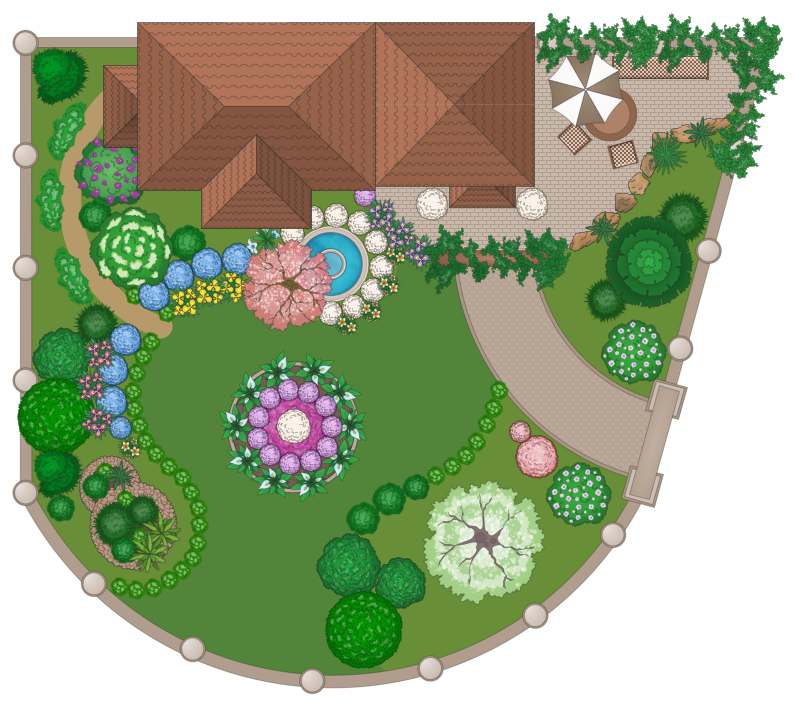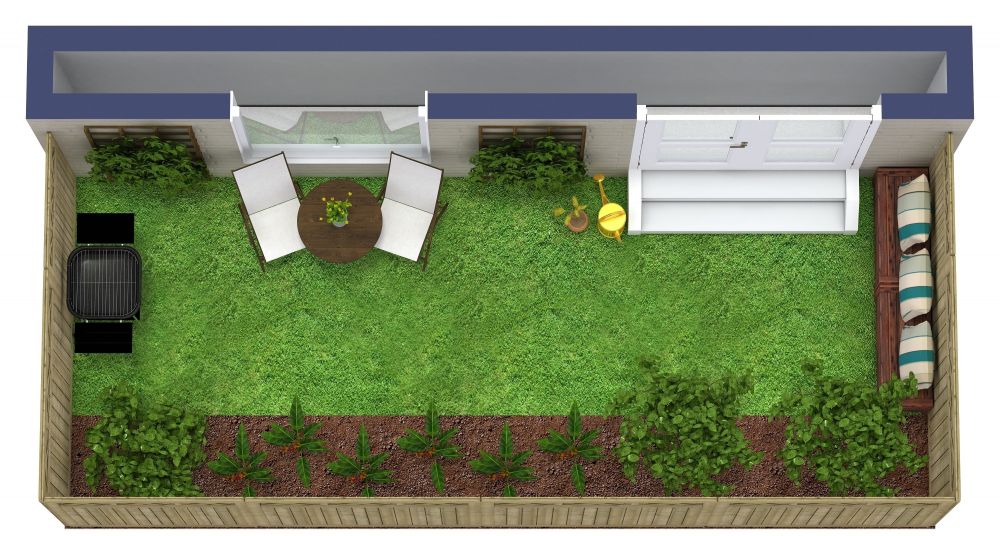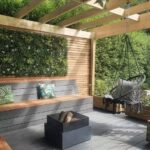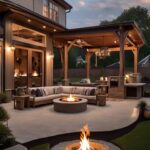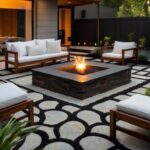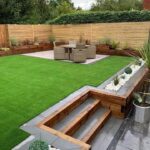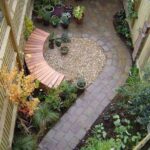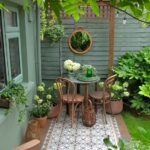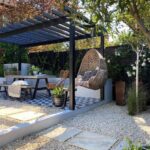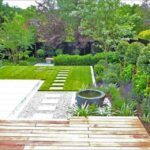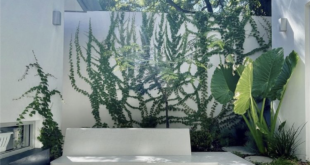When it comes to creating a beautiful and functional backyard space, landscaping design layout plays a crucial role. A well-planned layout can transform an ordinary outdoor space into a stunning oasis where you can relax, entertain, and enjoy the beauty of nature.
There are many different elements to consider when designing a backyard landscaping layout, including the size and shape of the space, the existing features that need to be incorporated, and the overall style and theme you want to achieve. Here are some tips and ideas to help you create the perfect backyard design layout for your own outdoor space.
One of the first steps in designing a backyard layout is to determine the main focal points of the space. This could be a patio or seating area, a garden or water feature, or even a fire pit or outdoor kitchen. Once you have identified these focal points, you can then begin to plan the layout around them, considering factors such as the flow of traffic, the placement of plants and trees, and the overall balance and symmetry of the design.
When it comes to choosing plants and trees for your backyard landscaping design, it’s important to consider their size, shape, and color, as well as their maintenance requirements. For example, if you have a small backyard, you may want to choose plants that are low-maintenance and easy to care for, such as succulents or ornamental grasses. On the other hand, if you have a larger space, you may want to incorporate a variety of shrubs, trees, and flowers to add color and texture to the landscape.
Another important aspect of backyard landscaping design layout is the hardscaping elements, such as pathways, patios, and retaining walls. These features can help define different areas of the space and create a sense of cohesion and continuity throughout the design. For example, you may want to create a meandering pathway that leads from the house to a seating area or garden, or a series of stepping stones that guide visitors through the landscape.
When it comes to selecting materials for your hardscaping elements, there are a wide variety of options to choose from, including natural stone, pavers, gravel, and concrete. Each material has its own unique characteristics and benefits, so it’s important to consider factors such as durability, maintenance, and cost when making your selection. You may also want to consider incorporating eco-friendly materials, such as recycled glass or reclaimed wood, to minimize your impact on the environment.
In conclusion, designing a backyard landscaping layout requires careful planning, creativity, and attention to detail. By considering factors such as focal points, plant selection, hardscaping elements, and materials, you can create a beautiful and functional outdoor space that reflects your personal style and enhances the beauty of your home. So, roll up your sleeves and get ready to transform your backyard into a stunning oasis that you can enjoy for years to come.
 innstyled backyard design ideas
innstyled backyard design ideas
